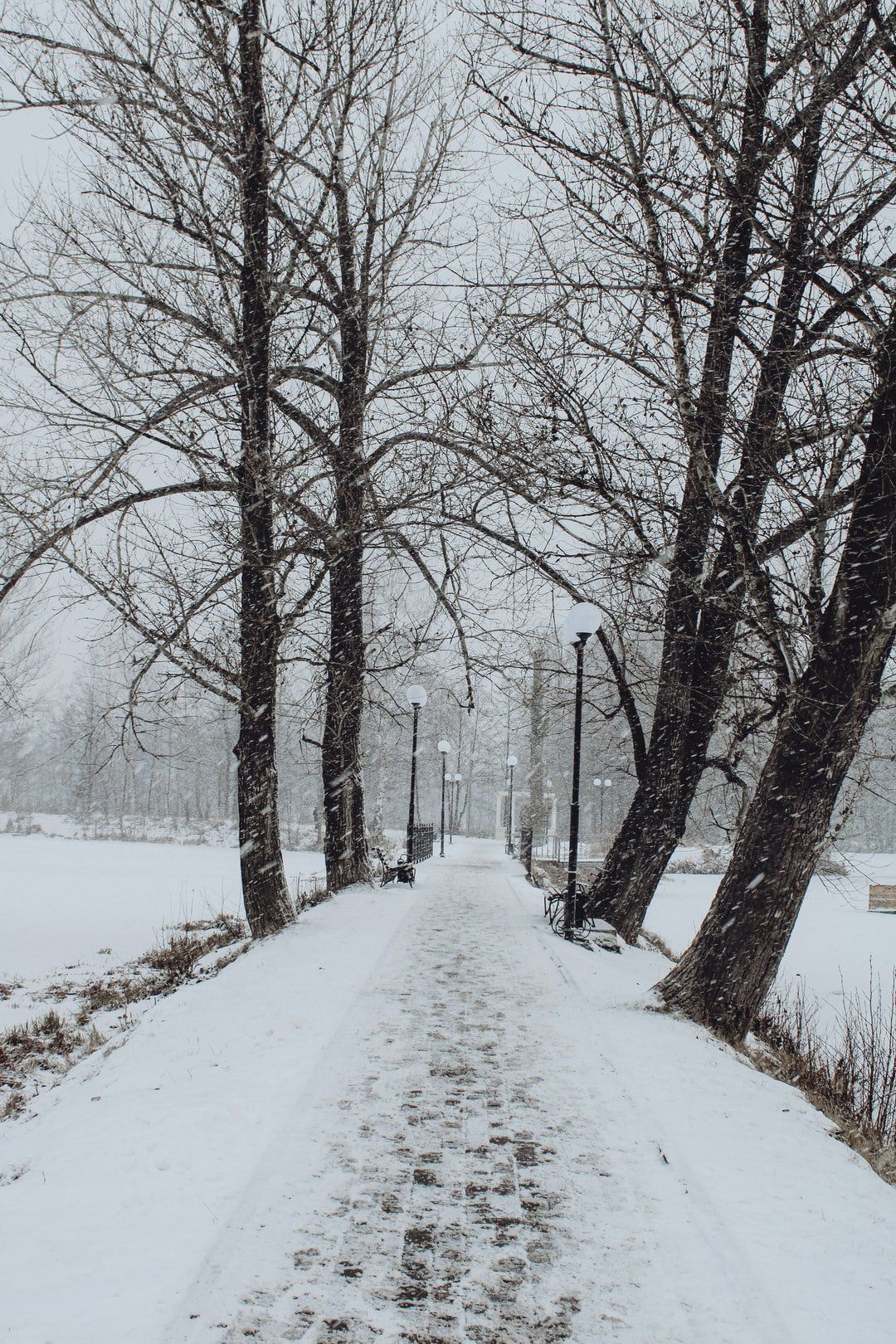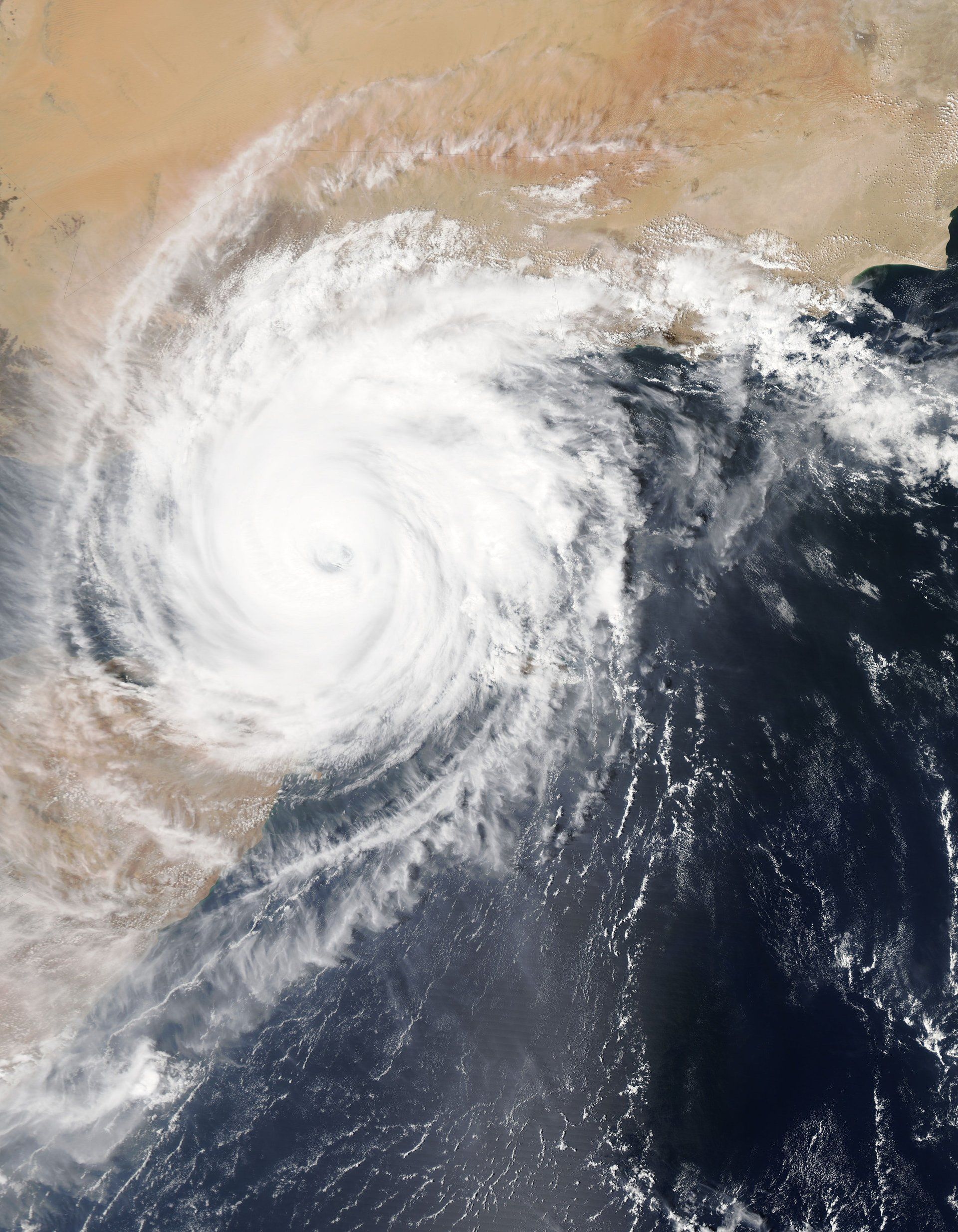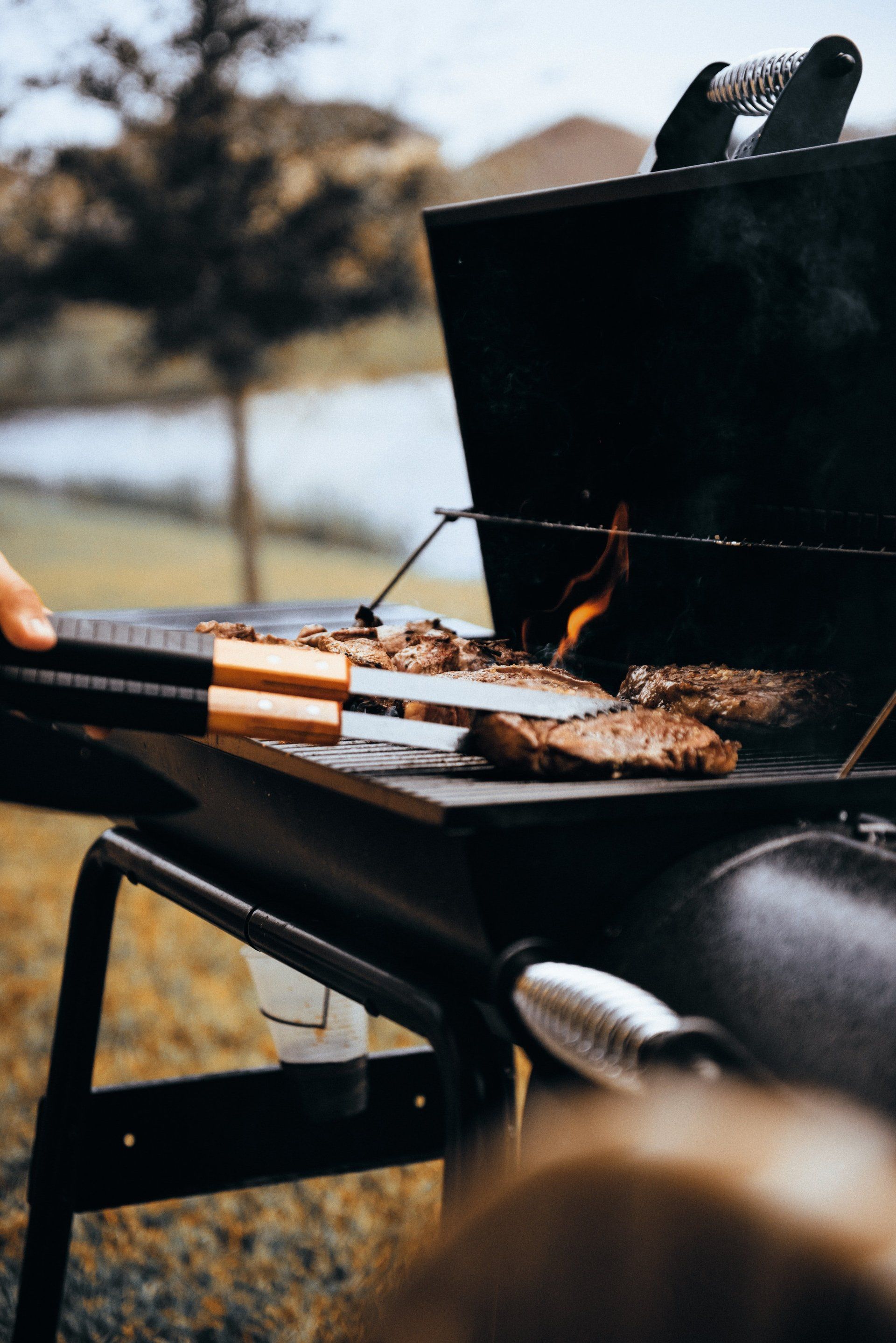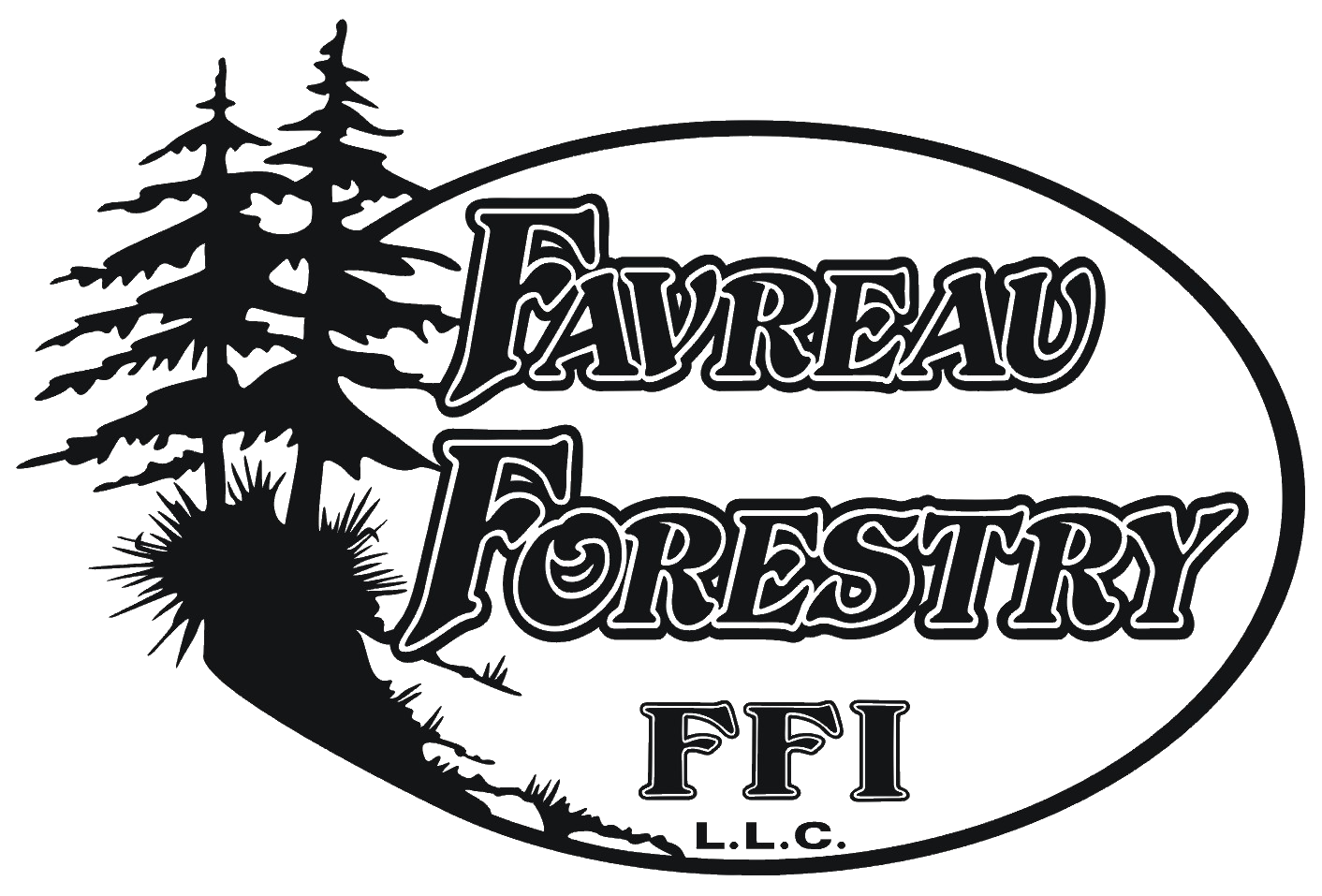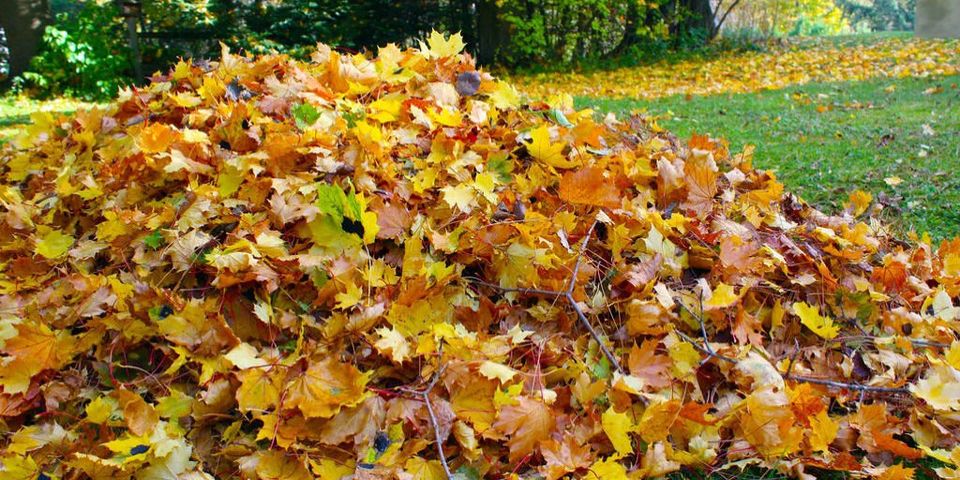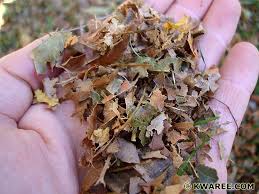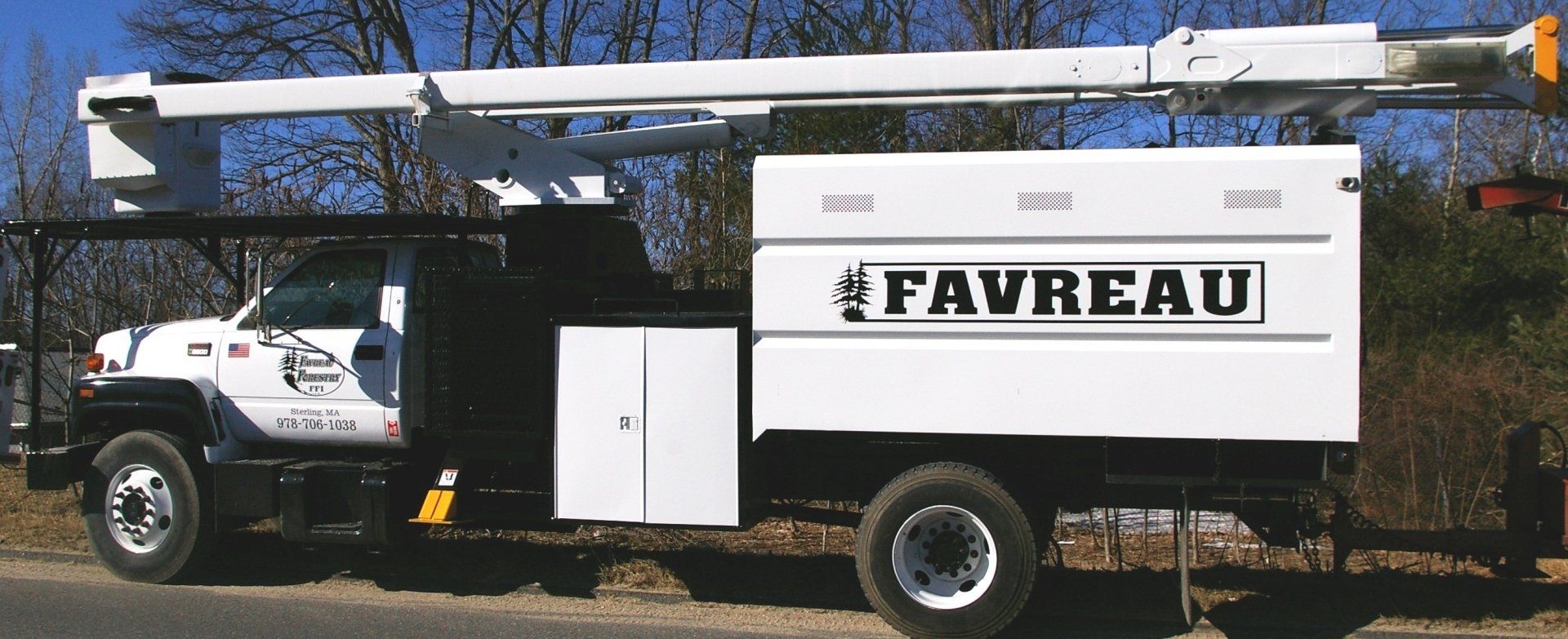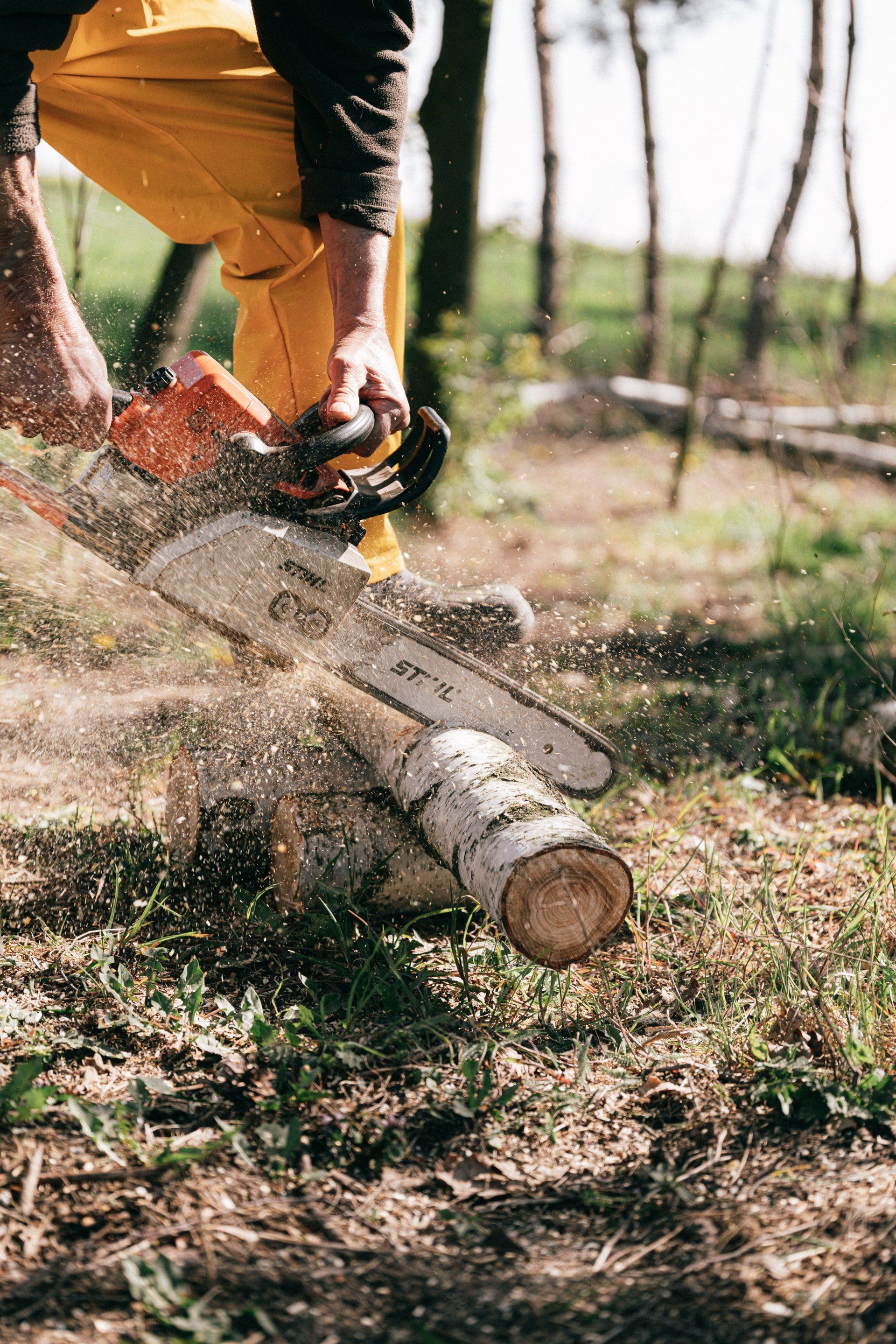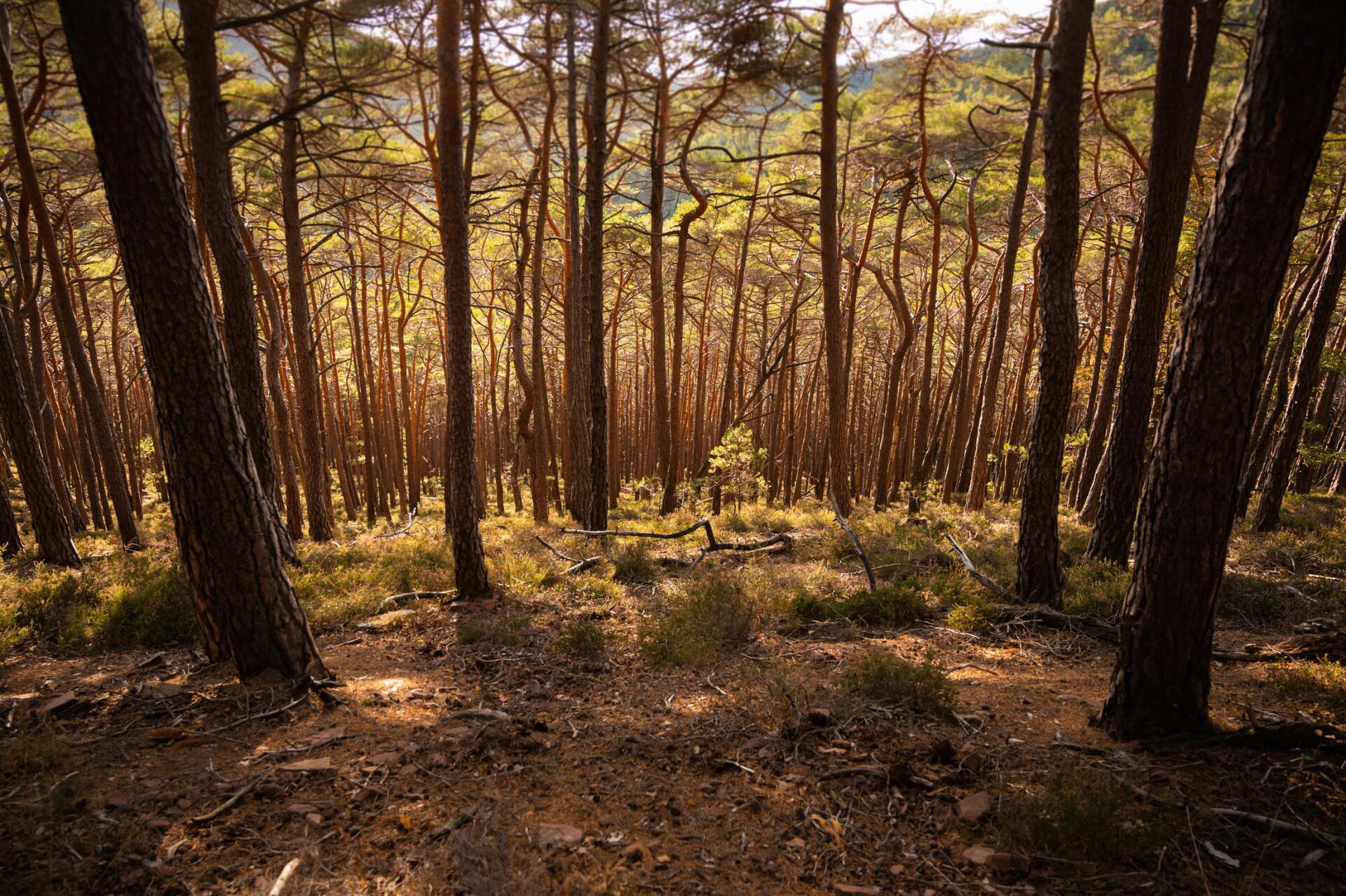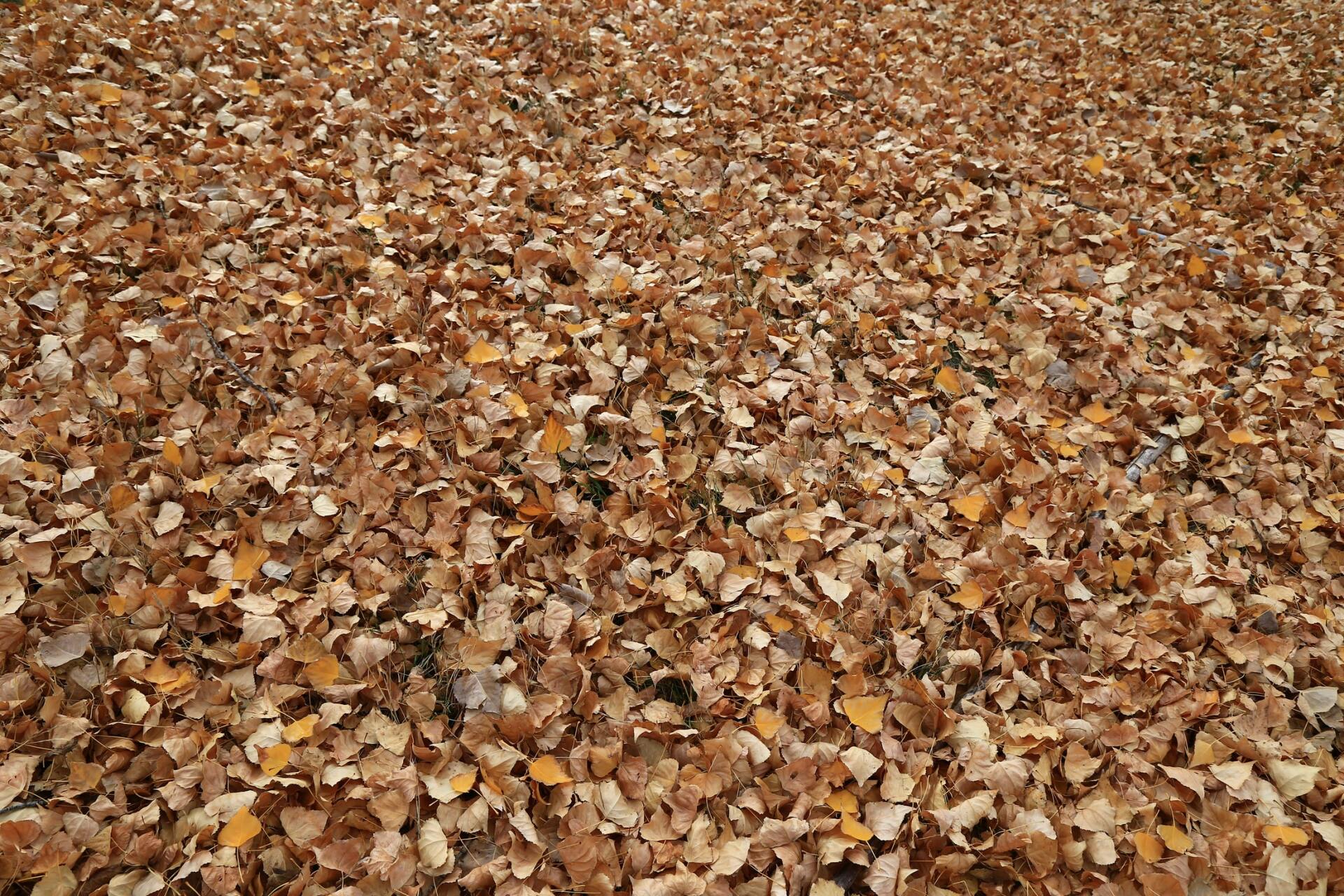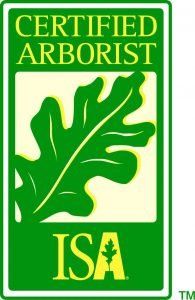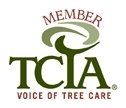Favreau Forestry says “Leave the Leaves!”
Skip the rake and leave the leaves for a healthier greener yard and trees!
Part of you is wondering why we would say such a thing and the other part is jumping for joy at the thought of being able to skip the annual ritual of raking, blowing, piling, bagging, trucking leaves off your property or over to the corner of your property creating an eyesore. All very time consuming!
Skip all of the above! We recommend to mulch (cut into small pieces) the leaves with your lawn mower and leave them on your lawn for the winter!
Why?
Let’s look at the biology of this – In nature the leaves fall, decompose and then are a great resource: rich, natural compost for the grass and tree. In our society, today we want to have perfectly manicured green lawns and trees BUT in reality, we are starving the grass and trees! How can we expect peak performance from an athlete that has not eaten in a week?
What is leaf mulching?
Leaf mulching is the practice of chopping leaves into small pieces and leaving it on the grass for the winter. Composted leaves reduce in volume more the 10-fold. Cut shredded leaves breakdown fast throughout the winter adding valuable organic matter to feed and retain valuable nutrients for your lawn, bushes and trees.
What this saves you…
• Time
• Money
• Exposure to harsh chemicals
This sustainable method of managing leaves is safer, more efficient, saves time and money, minimizes pollution and is better for your soil and plants. It is a win for the trees and lawns, a win for your time, a win for your wallet and a win for the environment!
People attempt to use fertilizers that can be expensive and only provide a short-term solution to the soil nutrition problem. Most fertilizers are not applied correctly and the excess chemicals leach into our waterways.
Additional ideas for fallen leaves
- Enrich your compost pile – mulched leaves serve as great brown matter that you can mix with your green matter
- Improve flower bed soil quality – shred the leaves and mix into your flower bed. Shredding them ensures they do not smother next year’s seedlings.
- Protect plants from cold weather – if you have tender year-round plants that may struggle as the temperature decrease use fallen leaves as a protective layer over dormant plants.
- Wildlife Habitats – Crisscrossed branches and layer leaves over the top of them. It creates a warm area for wildlife and essential habitats for butterflies and other insects.
- Start controlled fires – use dry leaves as a starter material – only utilize in designated areas.
- To ensure fallen leaves do not create a safety or fire hazard, clear them away from the foundation of your home. Additionally, keep fallen leaves from piling up on your roof or in your gutter where they and contribute to water damage, mold and corrosion.
Thank you for reading our blog!
Don’t forget to follow Favreau Forestry on social media!
